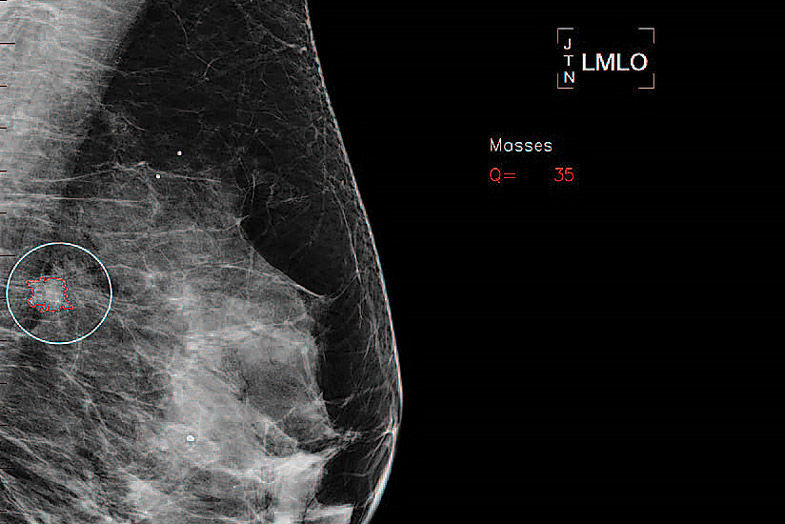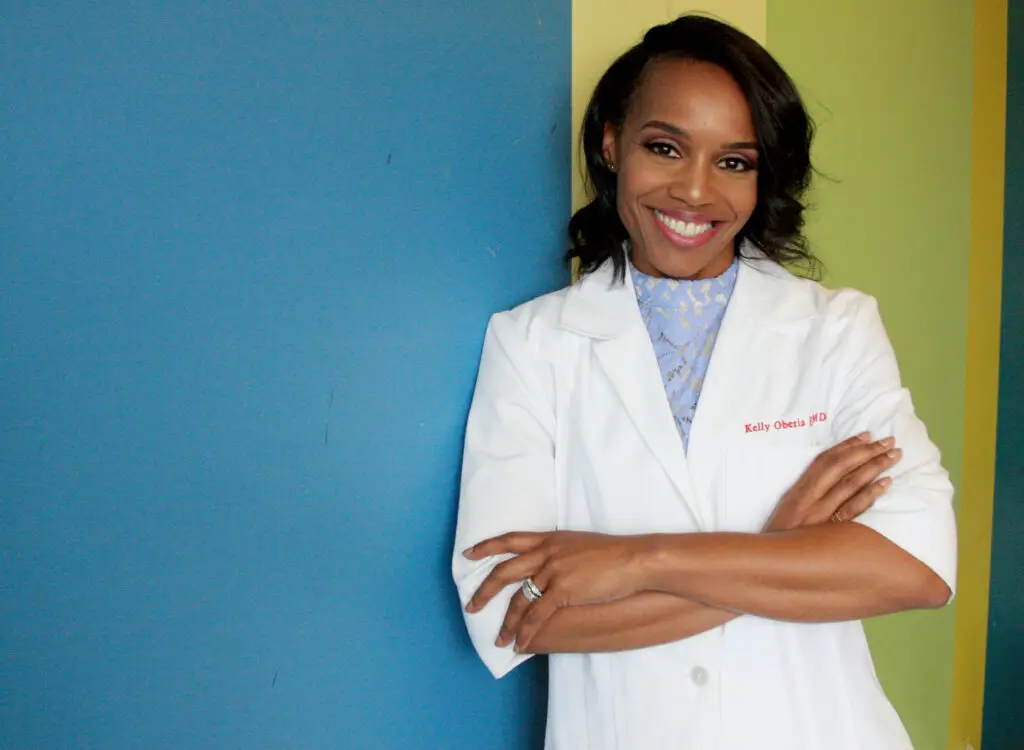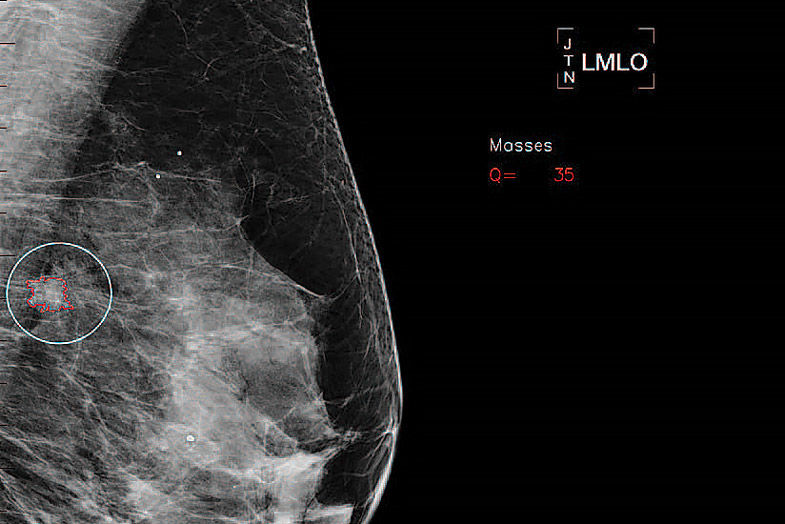Breast cancer is hard to find in a mammogram—even for a doctor. In fact, doctors may look at 100 mammograms in a single day, and chances are they could miss a few red flags. New software by CureMetrix, a startup in the UTC area, promises to provide computer assisted detection for doctors.
The quantitative imaging platform looks for mammogram anomalies ranging from tiny microcalcifications—which would feel like a few grains of sand, if they could be felt at all—to larger masses or lumps. Because so many kinds appear in different breast tissue densities, “it’s like finding a polar bear on an ice cap,” says CureMetrix CEO Kevin Harris. The software detects as many as a million or more abnormalities in one mammogram, then scores them based on characteristics related to known warning signs. The suspicious ones receive a higher score.
Accuracy is key. Today, for every 1,000 women screened, 100 are recalled, meaning they’re asked to return for a diagnostic mammogram, ultrasound, MRI, and/or biopsy depending on what the radiologist sees. That’s not very reassuring to patients.
Of the 100 women recalled, five are found to have cancer. “That’s a 95 percent false positive rate—95 percent of women who are recalled don’t have cancer.” The cost of false positives amounts to $4 billion per year, not to mention the huge impact they have on the patient. “Even if they just want you to come back in six months to monitor you, you can imagine what’s going through your head,” says Harris.
“Reducing false positives also helps hospitals, as they move away from the fee-per-service model and instead move in concert with insurance companies. Fewer unnecessary procedures is financially beneficial to the hospital. So everyone wins.”
To test the software, CureMetrix collected almost 500,000 anonymous images and biopsy results from hospitals. For positive biopsies, they looked at the corresponding mammograms in the years prior. The software was able to spot early breast cancer up to four years before it even became suspicious enough to the radiologist to order a biopsy.
It’s well-known that, the sooner breast cancer is detected, the better the survival rate. When ready for implementation, the software will be used in hospitals in real time—radiologists will see the score as an overlay, helping them figure out what to do immediately.
Not surprisingly, the company won the 2015 Most Innovative New Product Award in the category of Life Science Diagnostics & Research Tools from Connect, a local accelerator.
They’ve begun full clinical trials this summer, with plans to sell the software in Europe in 2017 and the U.S.—once they have FDA approval—in 2018.
The first iteration of the software looks for breast cancer in mammograms, but Harris hopes that one day the application will be used for ultrasounds, MRIs, and more, helping doctors improve cancer survival rates worldwide.

A Secret Weapon in Early Breast Cancer Detection
PARTNER CONTENT
Find the anomaly: In one case study, the CureMetrix algorithm detects an anomaly in dense breast tissue.


















